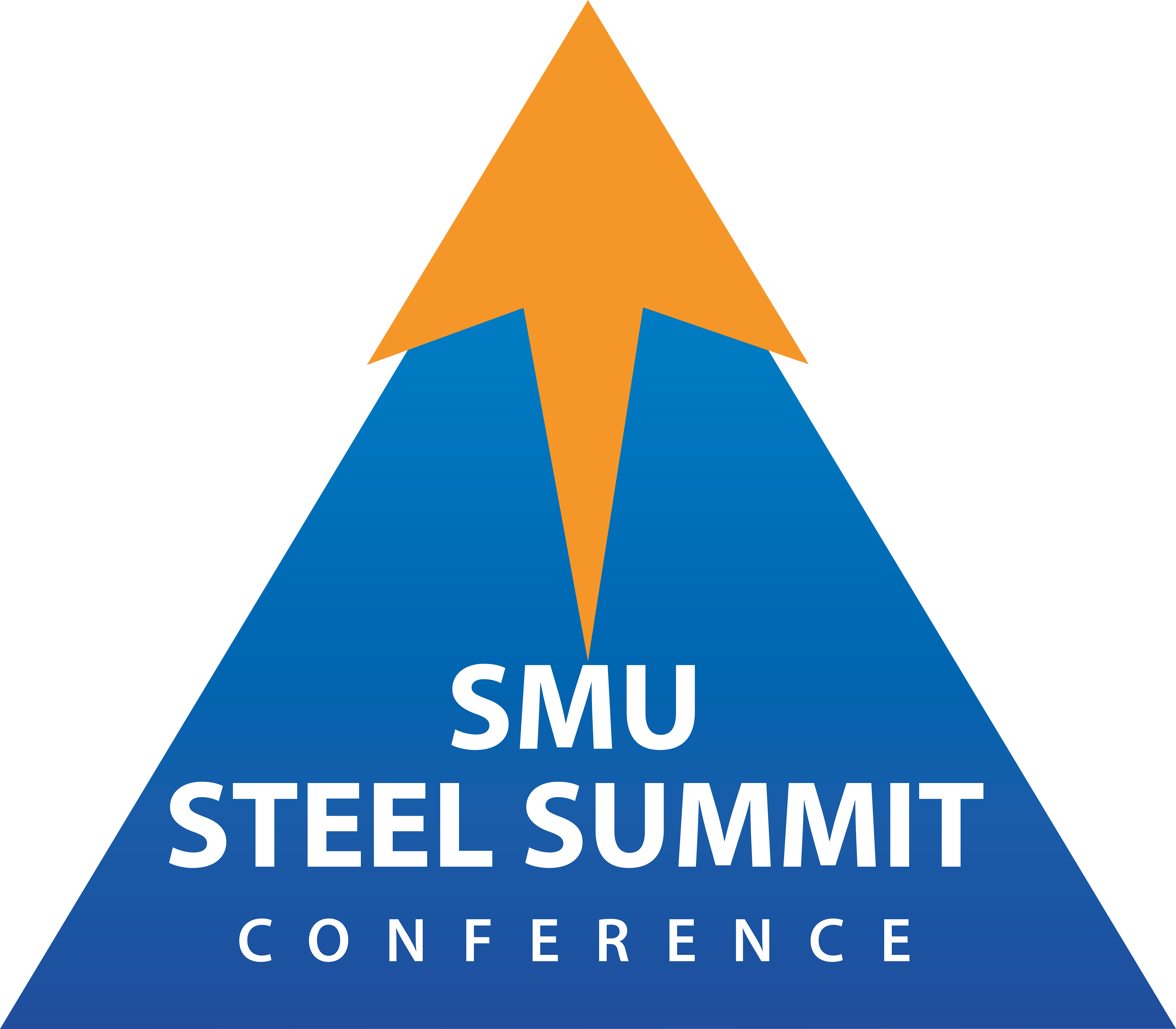Final Thoughts

Final Thoughts
Written by Tim Triplett
March 25, 2020
John Packard is taking some time off…
Among the many effects of the coronavirus on the steel market, no one is talking about Steelmageddon much these days. Announcements of new mills and capacity additions have been replaced by news of facility closures and furnace idlings. Concern has shifted from fears of overcapacity in the next few years to fears of surviving the next few months. Granite City is the latest target of speculation.
While there has been no confirmation from U.S. Steel, which declined to comment on the subject, it is being widely reported that the steelmaker plans to idle the “A” blast furnace at its Granite City Works in Illinois for at least 60 days. The Granite City mill has two blast furnaces with a combined annual flat rolled capacity of 2.8 million tons.
Such a move would be in addition to the indefinite idling of operations at the company’s Great Lakes facility in early second quarter. U.S. Steel also has announced a 48-day maintenance outage next month on its No. 4 blast furnace at Indiana’s Gary Works, as well as indefinite idlings at its tubular operations in Texas and Ohio.
U.S. Steel is not the only steel company that is curtailing production in light of the automotive shutdown, low oil prices and other disruptions to steel demand. ArcelorMittal plans to idle the IH-4 furnace at Indiana Harbor West, to name just one. This reshuffling of steelmaking capacity may have some unforeseen effects on competition down the road.
The Macabre Math of COVID-19
There’s something noble about how governments around the globe have responded to the coronavirus, sacrificing their nations’ financial well-being to slow the spread of COVID-19 and safeguard the health of the weakest and most vulnerable among us. In a world more often defined by strife and self-interest, it restores one’s faith in humanity. So, I felt a slight pang of guilt when I read this comment from one SMU reader recently: “Is it really worth potentially destroying the economy over this virus?” I have asked myself the same question. Admit it—you have too.
President Trump certainly has. As he tweeted on Monday, in caps, “WE CANNOT LET THE CURE BE WORSE THAN THE PROBLEM ITSELF.” With his health advisors biting their tongues in the background, the president declared during a press conference this week that Easter, April 12, would be a good time to sound the all clear and start getting the country back to work. If it comes to pass—easing social distancing guidelines prematurely—it will cost an unknowable number of lives, argue some public health experts.
As The Wall Street Journal reported in a fascinating article March 23, “As Economic Toll Mounts, Nation Ponders Tradeoffs,” the U.S. is projected to lose at least five million jobs and $1.5 trillion in economic output from decisions by federal and state authorities to shutter schools, restaurants, entertainment venues and most other “nonessential” businesses. Not counting the $2 trillion economic stimulus package approved by Congress this week, which will add significantly to the national debt.
The public and policymakers are looking for some middle ground as drug makers scramble to produce millions of test kits so those infected can be identified and quarantined. Some have proposed allowing healthy individuals at low risk to return to work, while restricting the movements of the elderly and infirm. Or perhaps it would make sense to have different rules for different geographies. The chance of getting infected in rural Montana can’t compare to your odds in New York City, can it? A vaccine is the ultimate solution, but even with big pharma working 24/7, that is still a year way.
To make some tradeoffs, the economic cost is calculable, but how can you possibly place a dollar value on a human life? Turns out there are people who do that for a living. Economists and actuaries have developed tools to estimate the “value of statistical life,” the WSJ reports, in one example based on what people are willing to pay to reduce the probability of dying. This study found that a community of 100,000 people would pay an average of $100 apiece to reduce the risk that one among them would be killed. By that metric, a human life is worth $10 million.
That figure is surely relative. What if that human is 80 years old and not in the best of health. Is his or her life worth the same as that of a child with so many more years ahead? Is the statistical value of the life of a person in a third-world country the same? Ten million dollars is worth vastly more in a society where incomes are so much lower. Is your life worth just $10 million? Who among us wouldn’t write that check, if we could, to see tomorrow’s sunrise? Comparing the economic cost to society, and the human cost to individuals and their families, is clearly tricky business. It’s easy to back President Trump’s understandable desire to save the economy right up until you or someone you love comes down with a fever.
Even if the president does begin to ease the limits on public gatherings in two weeks, I don’t believe it will make that much difference to those of us in the steel industry. Governors and mayors across the country are likely to maintain the restrictions they have in place. Individual companies are likely to stick with their germ-fighting procedures. Just because the president says it’s time to get back to business, will you feel comfortable telling your work-at-home employees to report for duty back at the office? Individuals will continue to make their own decisions about avoiding crowded places and personal contact to protect their own health and well-being.
At the outset of the pandemic, the Imperial College of London warned that more than two million Americans could die from the virus if the U.S. did nothing to stop its spread. Two million lives at $10 million apiece equals $20 trillion. If you look at the macabre math that way, the $2 trillion bailout just passed by Congress is a bargain. The administration may succeed in making the case that the cure, a deep recession, is worse than the disease, but at what cost to our humanity?
In other news, we are still accepting registrations for the 2020 SMU Steel Summit, set for Aug. 24-26 in Atlanta. We look forward to seeing you there, healthy and motivated for the recovery ahead. You can register by clicking here or by going to www.SteelMarketUpdate.com/Events/Steel-Summit.
As always, your business is truly appreciated by all of us here at Steel Market Update.
Tim Triplett, Executive Editor

Tim Triplett
Read more from Tim TriplettLatest in Final Thoughts

Final thoughts
SMU has heard from some larger buyers who have stepped back into the market to buy at prices that, if not at a bottom, they assess to be close to one. Is it enough to stretch out lead times and send prices upward again? Or do we continue to scrape along the mid-$600s per short ton (st) as we have been doing for most of the last month?

Final thoughts
Cleveland-Cliffs Chairman, President and CEO Lourenco Goncalves had some insightful things to say today about the steel market and about a conference we suspect might be Steel Summit.

Final thoughts
They say a picture is worth a thousand words. Well, when you add in some commentary from respected peers in the steel industry to those pictures, that may shoot you up to five thousand words, at least. In that spirit, we’ve added some snapshots from our market survey this week, along with some comments from market participants.

Final thoughts
I thought we’d have more clarity this week on Section 232, Mexico, and a potential carve-out for steel melted and poured in Brazil. As of right now, the only official comment I have is from the Office of the United States Trade Representative (USTR).

Final thoughts
There are just 40 days left until the 2024 SMU Steel Summit gets underway on Aug. 26 at the Georgia International Convention Center (GICC) in Atlanta. And I’m pleased to announce that it's official now: More than 1,000 people have registered to at attend! Another big development: The desktop version of the networking app for the event has officially launched!
